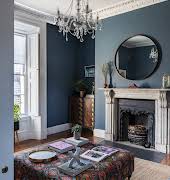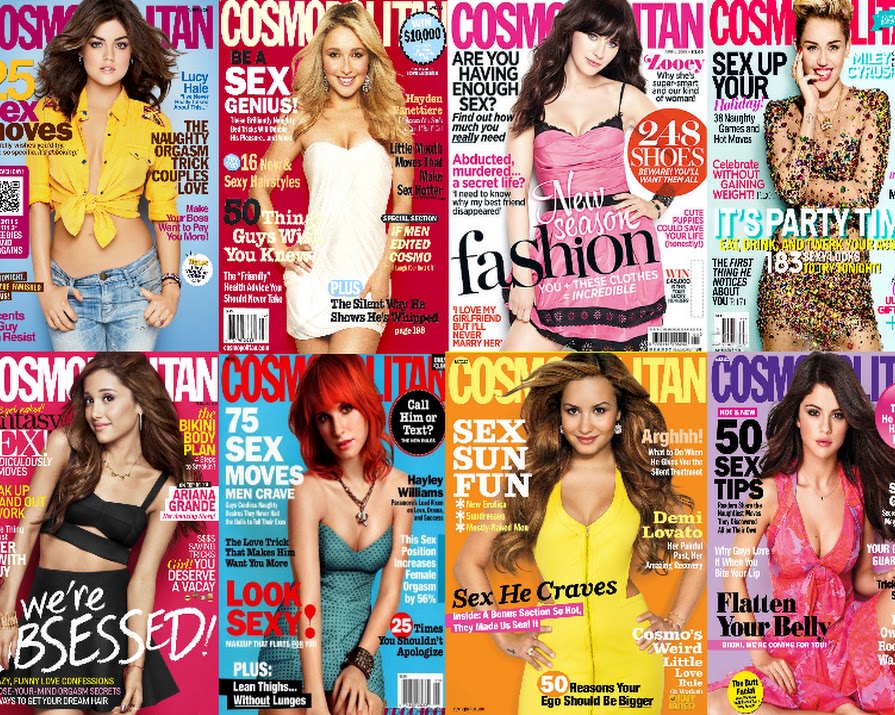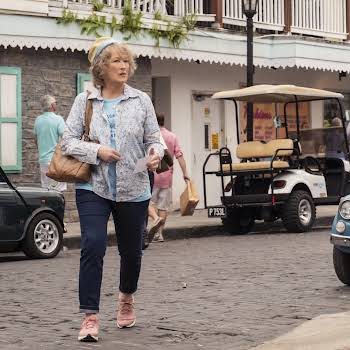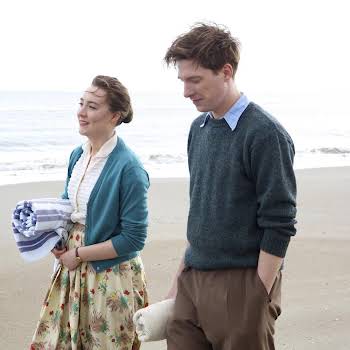By Bill O'Sullivan
17th Jun 2014
17th Jun 2014
Cosmo Editor Joanna Coles spoke to the Guardian about their first National Magazine Award, SATC, and Girls
Today a Guardian interview with Cosmopolitan’s Editor-in-Chief Joanna Coles for the Cannes Lions Festival, re-surfaced the longstanding debate around women’s magazines and their reputation in the public domain. Speaking of the positive impact of Sex and the City on women’s sexuality in the 1990s, and its evolution into Girls, Coles was called upon to answer the question of whether Cosmopolitan should now be taken seriously since its award last month. In May, Cosmo won a prestigious National Magazine Award for a 12-page piece entitled ‘Your Guide To Contraception’. It was a well-deserved moment of vindication for the magazine, which won its first ever NM Award after 50 years in the business (as the publication we know it as today, thanks to Helen Gurley Brown’s 1962 takeover). But it was also a great triumph for women’s magazines at large. Cosmo beat GQ and Money to the prize in the ?personal services? category, thereby defeating two opponents who would normally have been considered favourites for it.
It’s a significant victory for Cosmo, no less because it rehashed a controversy generated a year ago from a Port Magazine cover story entitled ?A New Golden Age?. The Golden Age it referred to was that of print media, which was illustrated with a photographic portrait of seven editors – all male, all Caucasian. Vogue‘s Anna Wintour had been asked to take part, and reportedly declined, but nonetheless the debate the cover sparked did much to reveal how women’s magazines have been neglected by the awarding bodies and by the public’s perception. A New Republic article entitled ?Can Women’s Magazines Do Serious Journalism???looked into how women’s magazines had not been nominated in more than 30 years for ‘reporting? (one of eight NMA categories), nor had any women’s magazines been nominated in over a decade for ?profile writing?, and not once in 20 years for ?fiction?. What’s more, women’s magazines have a category unto themselves – ‘service and fashion magazines?, whilst men’s magazines are consigned to ?general interest?. The facts support New Republic?s then conclusion – ?The message from the arbiters is clear: women’s magazines just aren’t up to snuff.?
The criteria for the awards is generally acknowledged to pivot around two details – length and ‘serious journalism?. In both these areas, women’s magazines supposedly fall down. And yet, when studied closely, Harper’s Bazaar‘s longest piece last year ran at 4,000 words, with a Marie Claire piece on ovarian cancer running at 5,000 words, according to New Republic. Further scrutiny would also suggest that, similarly to women’s magazines, upon opening something like Esquire or GQ, many of the articles feature lengthy pieces about shoes and ‘dress to impress? style pieces. The difference is in the way these pieces are perceived by both the industry and the reader. The New York Post reported on the awards ceremony by describing Cosmo’s victory as “the greatest surprise” and concluded that the night “was not all upsets”.
The award picked up by Cosmopolitan last month can be seen as a response to the outrage that broke out last year. Women’s magazines have a far larger readership than men’s or ?general interest? magazines, and that is without including online magazines and blogs, in which blogs geared towards women outnumber those geared towards men once again. While magazine publishing has undergone a sea-change in recent years, it is good to see that the awarding body, the industry and the readership itself have all sharpened their focus on the value (and potential value) of women’s publications. All three need to strive to change the pervasively negative perception of the industry. One would hope that these magazines could cover both serious issues (such as the contraception issue covered by Cosmo) and lighter women’s issues and sex-related topics that sell copies (see above, this month’s ?Your Ultimate Guide To Oral – For Both Of You?) and still be considered reputable and serious publications. The onus is on the industry and the readership both to make a shift occur – we’ve been given enough bad press.
A brilliant list of longform and ‘serious? pieces from women’s magazines was collated by The Atlantic. Also note the list of women who have written for women’s magazines – from Virginia Woolf to Norah Ephron.
Roisin Agnew @Roxeenna























